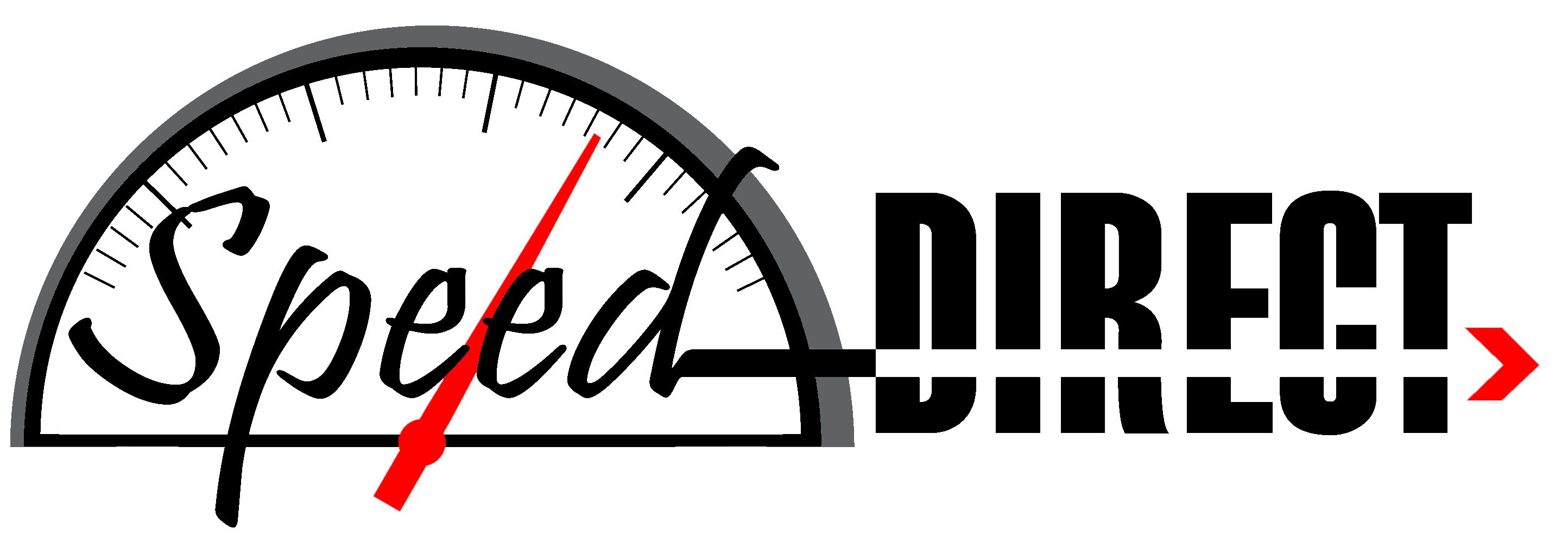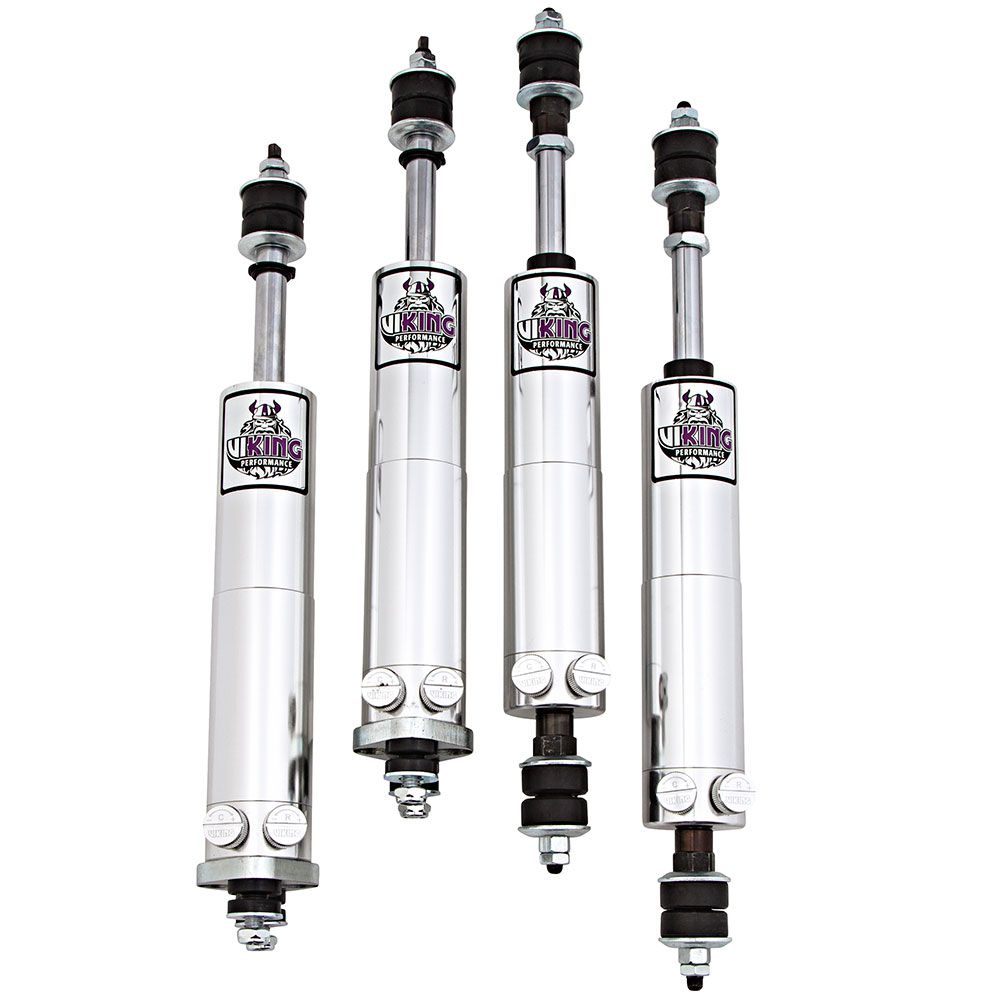Shock absorbers, like every other component of a modern suspension system can drastically affect the way the car handles. It is easy to overlook some of the options that can enhance the way our car corners and greatly improve drivability if we make the right choices. Let’s take a look at what a shock does, and what can be done to make a difference.
Too Bouncy!
A shock is a hydraulic damper; as a matter of fact our friends in England and elsewhere call them dampers. I’m sure some ad guy came up with the name “shock absorber” to make the point clear to non-technical customers and so in the U.S. we use that term. A damper is used in a mechanical system to absorb the energy when a sudden displacement is input into a spring element. It damps, resists, the sudden movement. If you have ever played with a slinky you have seen un-damped motion as the slinky bounces up and down; our cars suspension is no different. I remember vividly a high school friend who had a ‘50s Packard which had rear coil springs. He took the shocks off the back (why he did that, I don’t know but he did). The result was that when the car came to a quick stop at a traffic light the rear of the car would bob up and down wildly for thirty seconds or more until the energy was absorbed. Just like the slinky it was a classic example of an un-damped spring in motion.
Inner Workings of a Shock
A shock has a method of handling energy during and after compression and release of a spring. Inside the shock is a piston moving within an oil filled tube as the car suspension moves. As the piston travels with the cars suspension either up or down in the tube the oil is displaced by the piston and flows through a small hole (orifice) in the piston. In the process of traveling down the tube it resists movement as a function of how big the orifice is. A big orifice equals lower damping, while a small orifice equals more damping. The shocks which come on our cars have a fixed orifice which the factory chassis engineer sized for an “average” driver in average driving conditions. I’m not sure I have ever met an average driver who owned a performance car.
Average Indeed!
Once
we decide that average is not for us we must make some changes. Usually
we go for an increased spring rate to limit body roll, since average
drivers don’t hot corner and we do. Higher spring rate means our factory
“tuned” suspension hits a sour note. Not enough damping for the new
higher spring rate. This result is that our car no longer feelings
right, it rolls out of a corner much quicker since the springs rebound
faster and put more force than stock springs do to push the body back
upright. The result is a kind of oingo boingo oscillation that can upset
the car and require us have to make a lot of corrections to keep it
going in the intended direction.A solution is to add more damping by
switching to a shock which is stiffer, more resistive, giving more
damping. This is great for when the spring is being compressed, but what
about the rebound? Depending on which side of the car we are discussing
one side the spring is compressing, the other it is extending.
Adjustability;
Double
adjustable shocks offer both compression and rebound damping separately
set for each shock. These types of shocks have two knobs, one for
compression, and one rebound which can be independently set. This is a
great way to tweak exactly how much damping we need in both directions.
When fitted on all four wheels we can now truly set up the car for
forward and rearward bias and damping in both directions. This is what
race cars are all about; being able to set up the car for conditions and
driver preference. Double adjustable shocks move into an area of
performance not possible with just stiffer shocks, or for that matter
just single adjustable shocks.
Here is the Good Part
The
huge benefit to double adjustable shocks is that you can drive them all
week set up for the street, go to a driving event, either autocross,
track day, drag race, land speed record, what ever, and crank up the
damping for the conditions. It can be different front to back, side to
side or all four wheels different. We take our “average” ride and turn
into our customized ride specific for what ever we are doing that day,
and isn’t that what performance cars & driving them is all about?

Why Adjustable Shocks?
Facts on Adjustable Shocks

